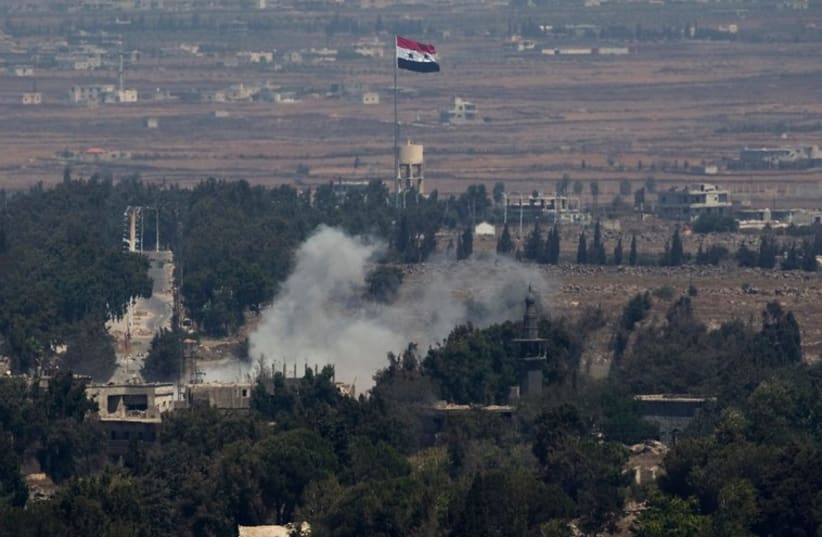Behind the Lines: Hezbollah, Iran, Syria join forces near Golan ‘buffer zone’
The offensive now under way is unlikely to fundamentally alter the picture on the southern front – where Israel’s goal is to keep both the Iranians and Islamic State as far away as possible.
